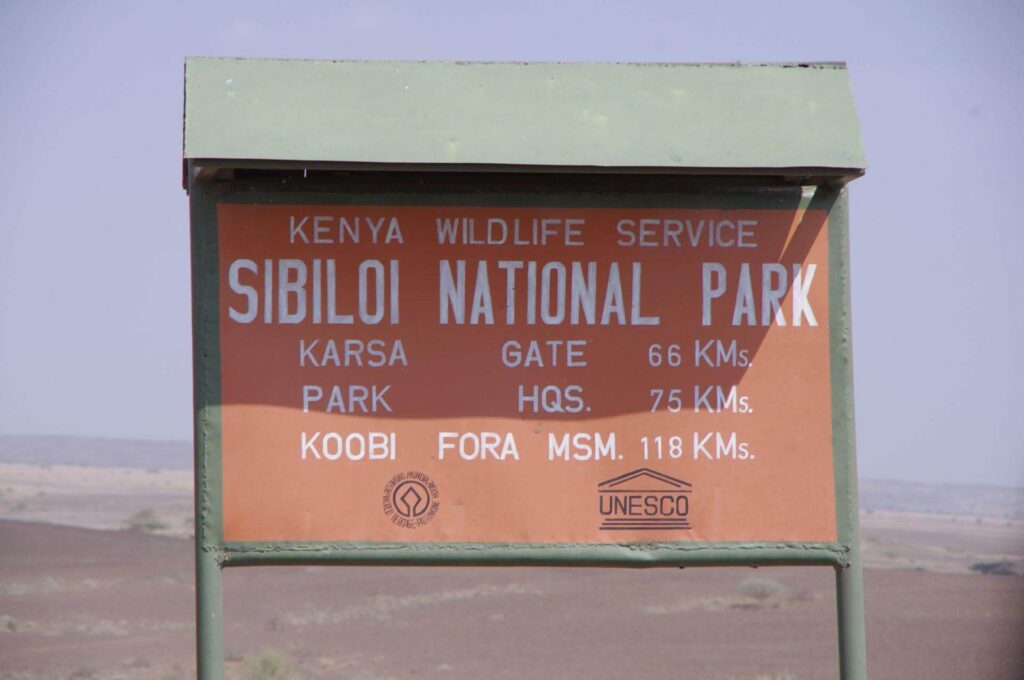
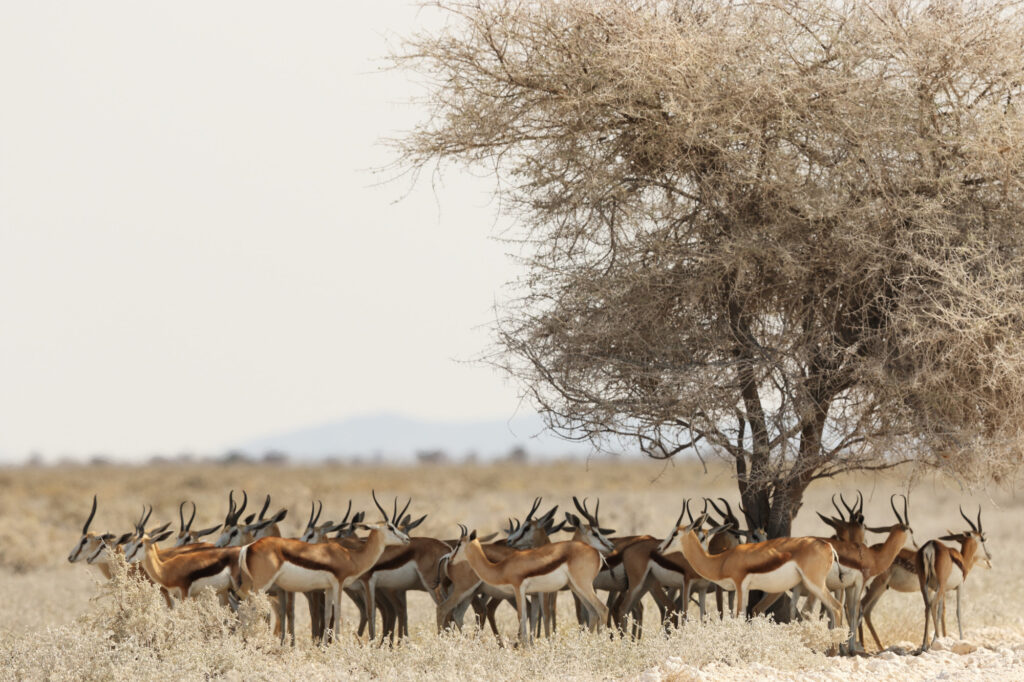


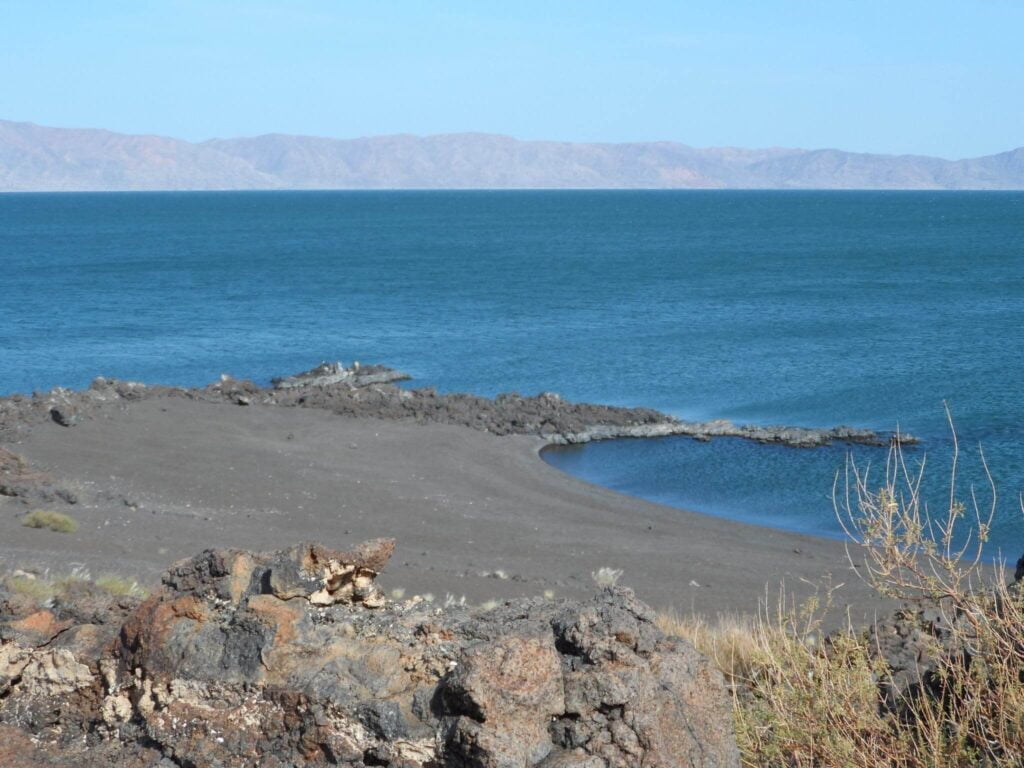

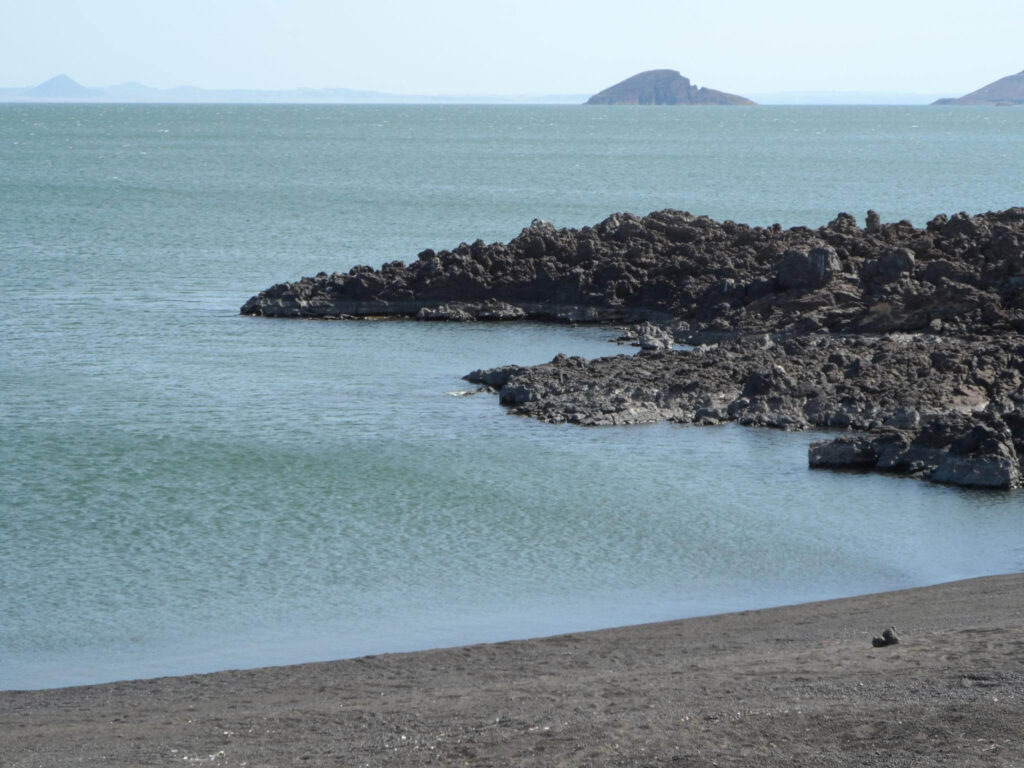
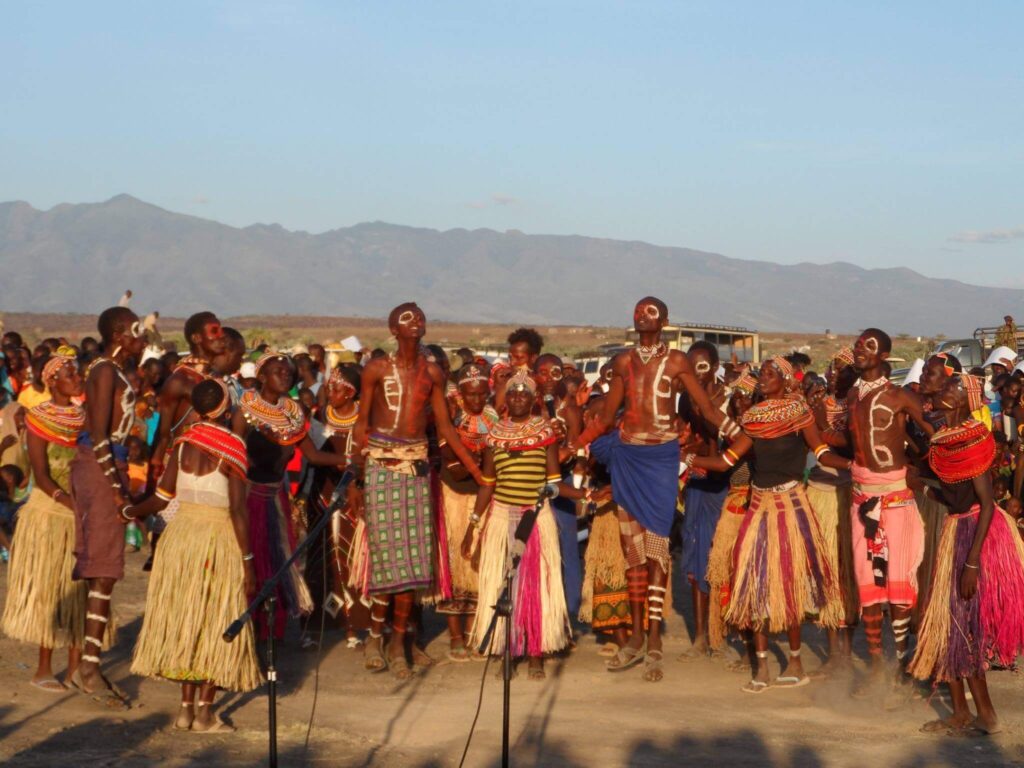
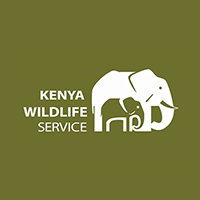
Affiliate Disclosure: This listing may contain affiliate links. If you click through and book a tour, I may earn a small commission at no extra cost to you.
Sibiloi National Park is one of Kenya’s most remote and fascinating destinations. Perched on the northeastern shore of Lake Turkana in northern Kenya, about 800 km from Nairobi, this UNESCO World Heritage Site is often called the “Cradle of Mankind” thanks to its prehistoric and archaeological treasures.
The park protects a unique semi-desert ecosystem of lakeshore, dry bushland, and desert terrain. It was established not only to safeguard wildlife but also to conserve the fossils and archaeological finds that shed light on the origins of humankind.
Despite being waterless, except for the alkaline waters of Lake Turkana, Sibiloi is home to diverse wildlife, including giraffes, zebras, hippos, crocodiles, and more than 350 bird species, such as flamingos, pelicans, and African skimmers. Fossil sites, petrified forests, and the world’s largest Nile crocodile population add to its mystique.
The park’s wildlife includes Grevy’s zebra, Grant’s gazelle, reticulated giraffe, Beisa oryx, topi, greater kudu, lions, cheetahs, leopards, striped and spotted hyenas, and silver-backed jackals.
Birdlife thrives as well, with over 350 species recorded. Expect to see flamingos, pelicans, herons, gulls, and unique local species such as the Crested Lark and Heuglin’s Bustard.
Sibiloi is scorching, arid, and remote. Safaris require preparation, self-sufficiency, and ideally, experienced guides. Options include:
Because of the significant fossil discoveries at Koobi Fora, which provide evidence of early human evolution.
Entry fees vary depending on residency status and season. For the most accurate and updated rates, check the Kenya Wildlife Service (KWS) website.
Yes, but the remoteness requires proper planning, 4WD vehicles, and ideally experienced guides. Traveling in convoy is recommended.
Unlike savanna parks like Maasai Mara, Sibiloi combines wildlife, fossils, prehistoric sites, and dramatic desert scenery along Lake Turkana.
Yes, many itineraries include Lake Turkana’s Central Island, Marsabit National Park, and cultural visits to Turkana and Gabbra communities.
Sibiloi National Park has received 0 reviews with an average rating of 0 out of 5
Please log in or create an account to leave a review.
Update your info, boost visibility, and connect with more customers!